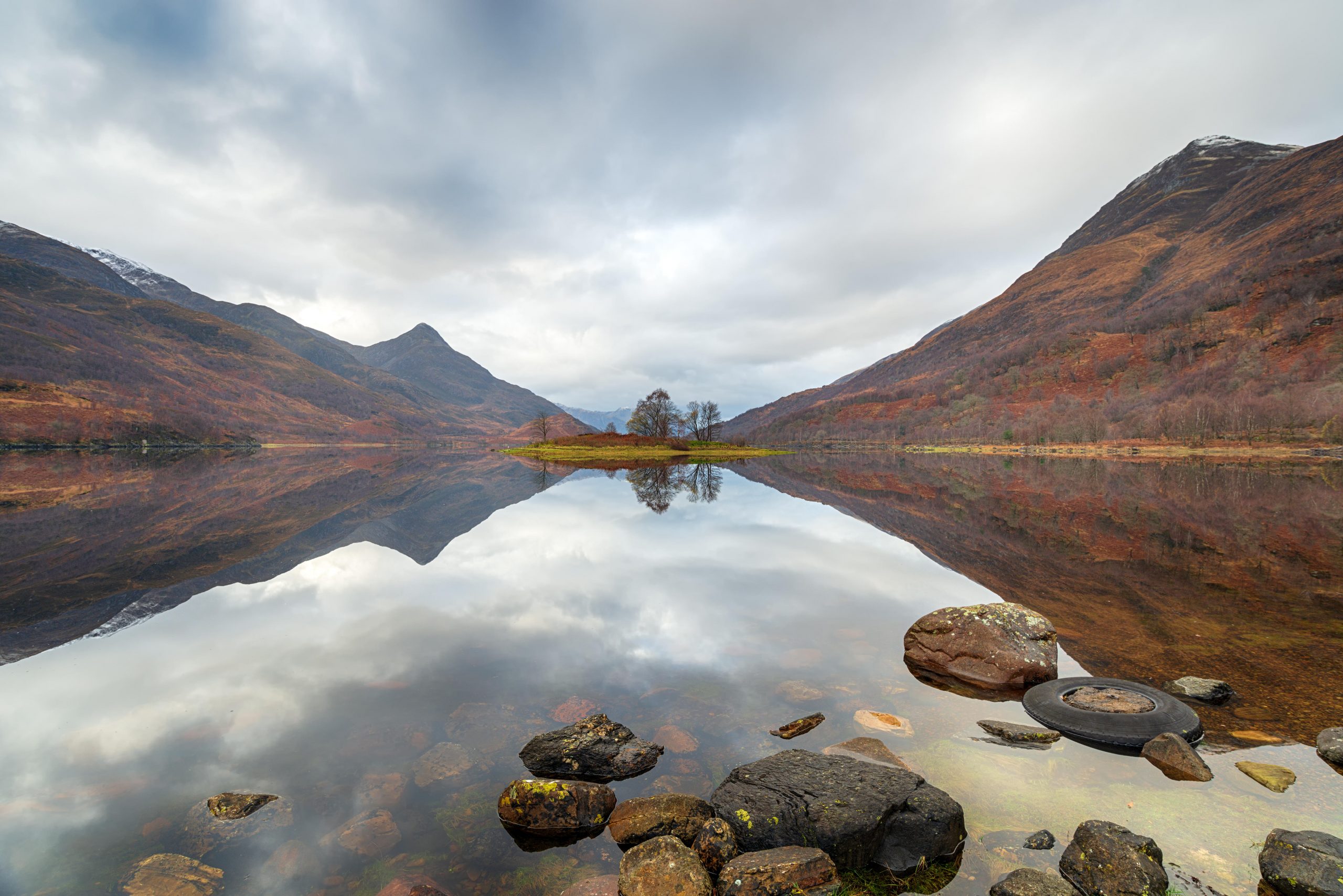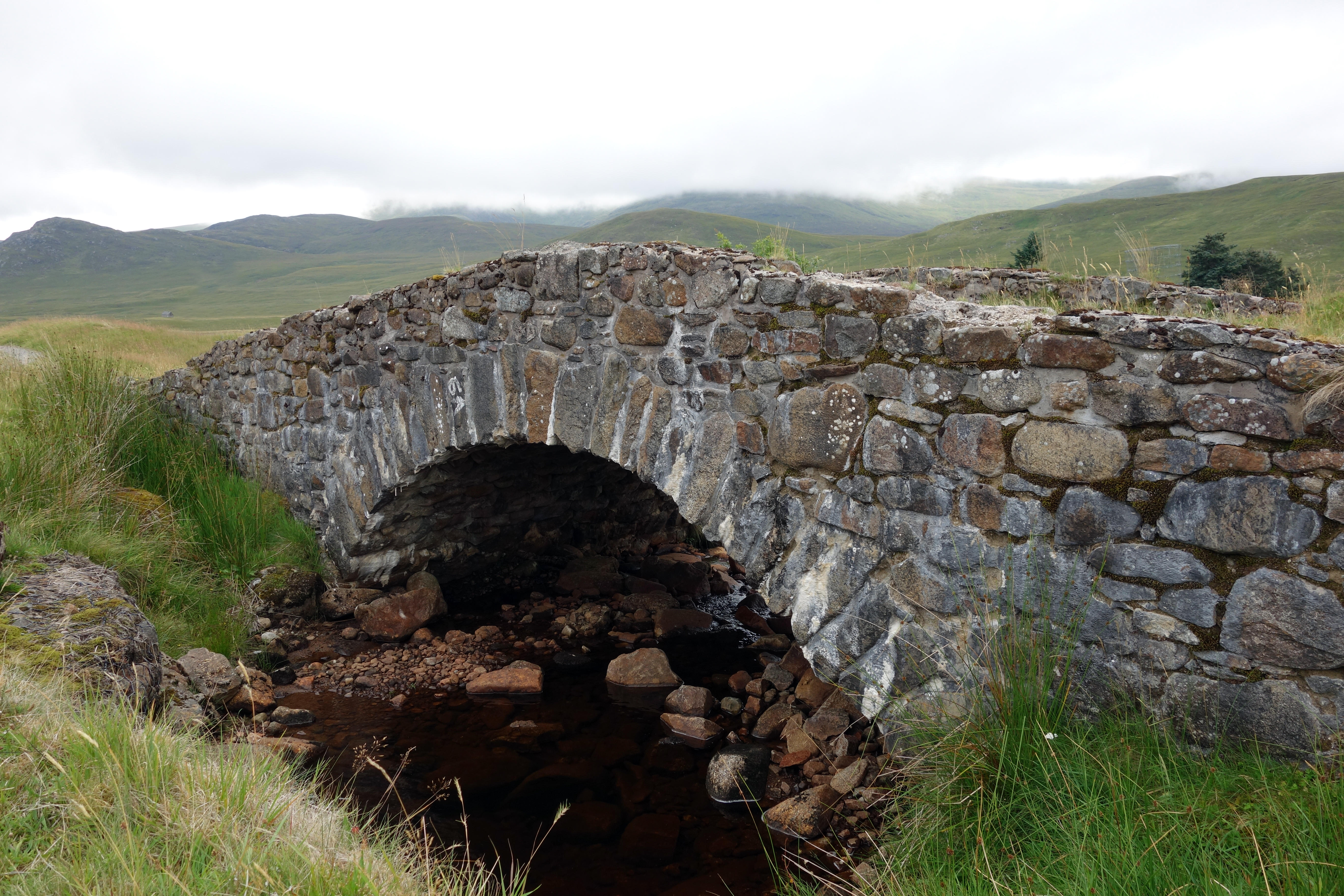Asset stripping, helicopters to Gretna Green, drinks all round and land at 5p an acre: The Dutchmen who have made a mark in the Highlands
Joe Gibbs on some of the surprising turns of events when Dutch investors have crossed the North Sea to earn their fortunes in the Highlands.

In the late 1970s, the Scottish Highlands provided a happy hunting ground for marauding Dutch land asset-strippers. It felt as if the Vikings were at it again, although it was now their neighbours the Friesians. European land acquisition was reputedly less free and easy and, as The Netherlands is the fifth most densely populated country in Europe, nearly double the UK density, the Highlands must have seemed a tempting prospect.
My family’s Highland estate — in those days, a 5,000-acre farm of hill and arable low ground — was bought by a Dutch syndicate under the pretence of continuing to run it as a complete entity. But no sooner was the ink dry than the partners sundered the holding into a mass of lots and my heartbroken grandmother found herself telling a loyal workforce it was goodbye to their jobs and homes. The sum of the parts was far greater than the whole and Dutch mercantile chutzpah garnered a substantial profit. Caveat venditor.
Johannes Hellinga, who died before Christmas, was the most colourful of these buccaneers and one who — exceptionally — stayed to make his life in Scotland. He opened his account in the Highlands in 1976 when he bought Kindeace estate near Tain, subsequently selling much of it to the Forestry Commission. His acquisition of Waternish estate in Skye followed, on which he claimed a six-figure profit after reselling parcels to his fellow countrymen.
"Hellinga bought 17 bottles of whisky and it was drinks all round... the Skye locals have warm memories of him. The landlord’s recollection was less cheery as the cheque bounced."
His death notice recalled ‘his outstanding benevolence to his tenants of Waternish estate, as their landlord, for allowing them to purchase their croft land outright at a price of five pence per acre’. (This was hardly a great beneficence as croft land was largely worthless to anyone other than the occupier, but certainly almost all the crofters took up his offer.)
Celebrating another land deal in a Skye pub, Hellinga bought 17 bottles of whisky and it was drinks all round for the boys that night. Not surprisingly, the Skye locals have warm memories of him. The landlord’s recollection was less cheery as the cheque bounced.
Deals were often financed by bank loans. One Inverness bank manager who refused him funds then found the Dutchman had courted his 16-year-old daughter and choppered her to Gretna Green, there to wed her. History doesn’t relate whether his new father-in-law reconsidered the loan.

At a six-day trial in Tain, Hellinga faced charges of threatening to shoot a policeman and assaulting an animal-cruelty inspector. A psychiatrist described him to the court as a ‘modern-day swashbuckler and powerhouse of activity’. A sympathetic sheriff considered the 100 days he spent in custody sufficient and Hellinga emerged to hand out celebratory tenners to surprised onlookers. Dubbed ‘Handsome Hellinga’ — or ‘the Flying Dutchman’ — he claimed by 2000 to be worth only £2,500.
Exquisite houses, the beauty of Nature, and how to get the most from your life, straight to your inbox.
As the Highlands says vaarwel to one type of Dutchman, it bids velkommen to a very different type of Dane. The billionaire clothing tycoon Anders Holch Povlsen has recently become Scotland’s largest landowner, with about 220,000 acres to his name. However, as an enthusiast for the patient business of rewilding, his emphasis is on agglomeration of estates and on holding them for the longer term.
Ten years after our land was sold, I began the business of its piecemeal repurchase. Ironically, had the buyers not rendered it into so many pieces, we might never have afforded to reassemble the core we have today. It took eight different transactions over a decade to put the jigsaw together. In its end, indeed, was its beginning.

Joe Gibbs: 'Six oxen were roasted and liquor was on hand in abundance'
With the end of lockdown causing most occasional walkers to disappear, Joe Gibbs achieves the ambition of walking the highest

Credit: Alamy Stock Photo
Joe Gibbs: 'He's clearly convinced the laird that, if he is vaccinated, he will be controlled like a drone via a remote console by lizards in tailcoats from somewhere near Middle Earth'
Joe Gibbs' dispatches from his farm in Scotland take in vaccinations, conspiracy theories and pulling teeth.

The return of the golden eagle to southern Scotland: How the king of birds is set to make a comeback beyond the Highlands
Already firmly established in the Highlands, these majestic raptors are now being reintroduced in southern Scotland. Joe Gibbs investigates their